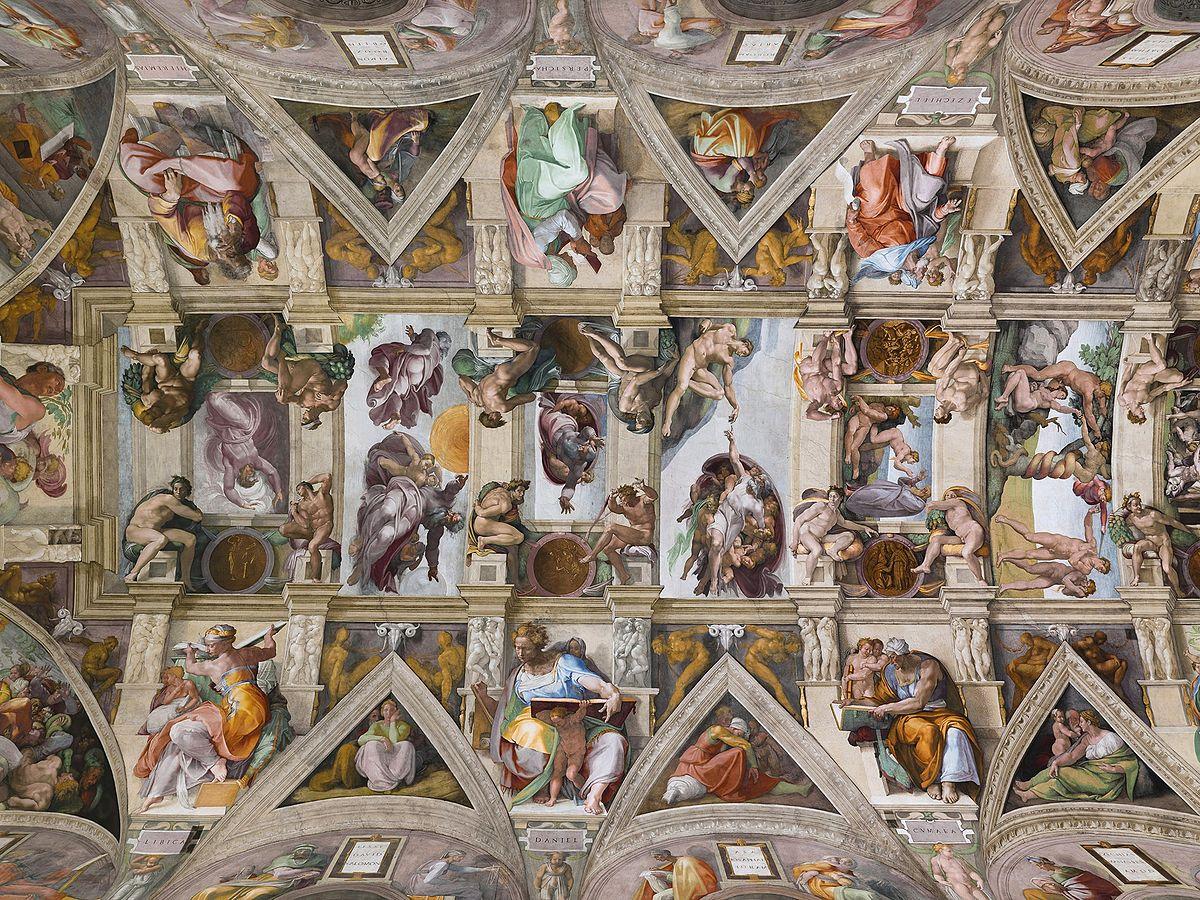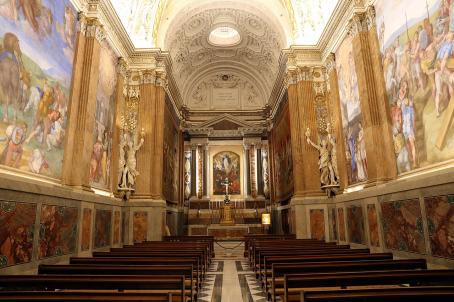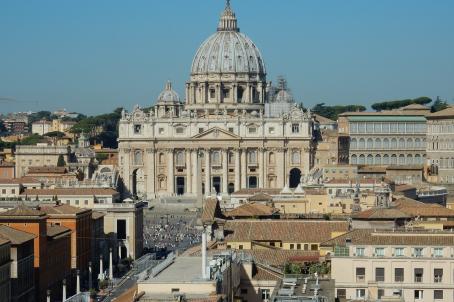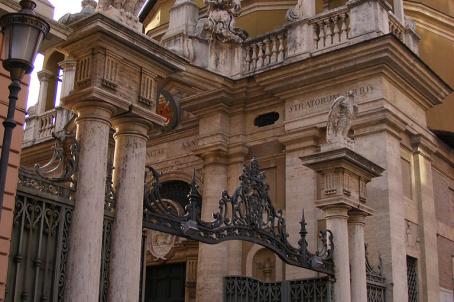Sistine Chapel
The Sistine Chapel, built between about 1475 and 1481, is known to contain the works of some of the greatest Italian artists of the second half of the 15th century, including frescoes by Michelangelo Buonarroti, which cover the vault (about 1508-1512) and the back wall (of the Last Judgement) above the altar (about 1535-1541). It is also the place where the conclave and other official ceremonies of the Pope take place.






